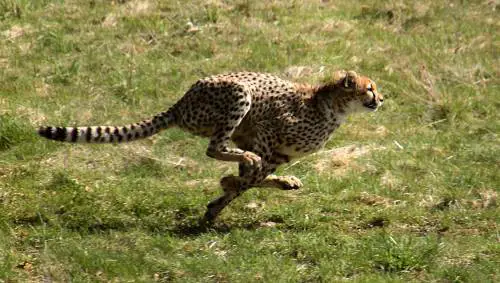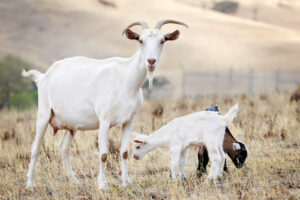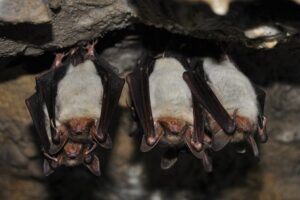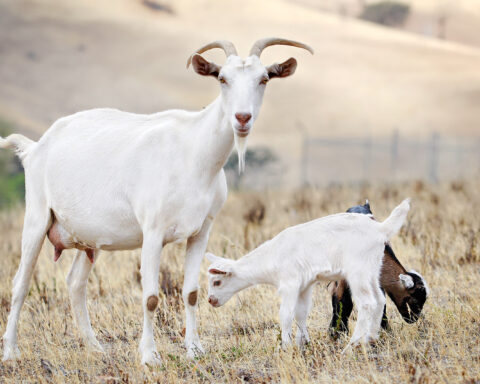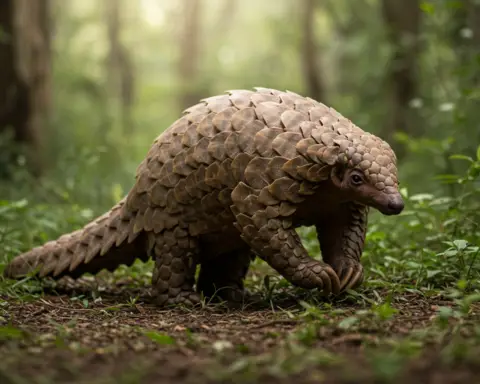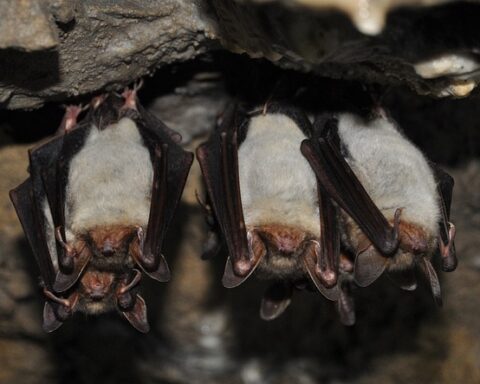This article is all about cheetah diet. We have rThe cheetah (Acinonyx jubatus) is one of the purest carnivores which breeds in open habitats of the western and eastern Africa. They fancy living in open woodlands, semi deserts, and grassy plains where they can easily hunt prey. An isolated population also inhabits some parts of Iran and in the rocky hills of Sahara. It’s time to get to know in detail what do cheetahs eat and drink in the wild.
What Do Cheetahs Eat in the Savanna?
Like other big cats cheetahs are supercarnivores. But they have a limited range of prey, probably the narrowest range of all big cats. They are probably not as strong and powerful as lions are—cheetahs are less than half the size of an adult tiger. That is why cheetahs mainly prey on medium-sized prey instead of large animals.
Find out about the diet of chipmunks!
They will prefer to hunt young animals weighing no more than 23 to 56 kg (51 to 123 lb). Cheetahs however do not drink in a way tigers do precisely because water is scarce in Africa. Furthermore, they have the ability to survive days without drinking. Cheetahs drink water from water holes and rivers.
The cheetah’s diet includes impala, Thomson’s gazelle, Grant’s gazelle, blesbok, reedbuck, duiker, and springbok. Prominent among these animals is a Thomson’s gazelle.
Cheetahs also feed on other animals such as sable antelope, waterbuck, bat-eared fox, hartebeest, oribi, kudu, steenbok, bushbuck, nyala, and roan antelope. Though less so often cheetah also consumes gemsbok, wildebeest, ostrich, African buffalo, warthog, guinea fowls, bat-eared foxes, caracals, Cape foxes, baboons, jackals, bustards, cane rats, mole rats, giraffe, and zebra.
A series of research studies show that the Asiatic cheetahs like to eat chinkara, ibex, rodents, wild sheep, desert hare, and goitered gazelle. A group of cheetahs is more likely to prey on large animals as compared to the lone ranger.
Cheetahs living in Kwa-Zulu Natal likely prey on male nyala weighing as much as 130 kg (290 lb). Nearly half of the cheetah diet comprises younger prey which clearly suggests that they avoid hunting adult animals.
How Do Cheetahs Hunt?
Cheetahs are mainly diurnal. They will spend the daylight hours in hunting. However in places where the temperature can reach above 40 degree centigrade cheetahs become nocturnal or even crepuscular.
Read More: How Fast Can a Cheetah Run?
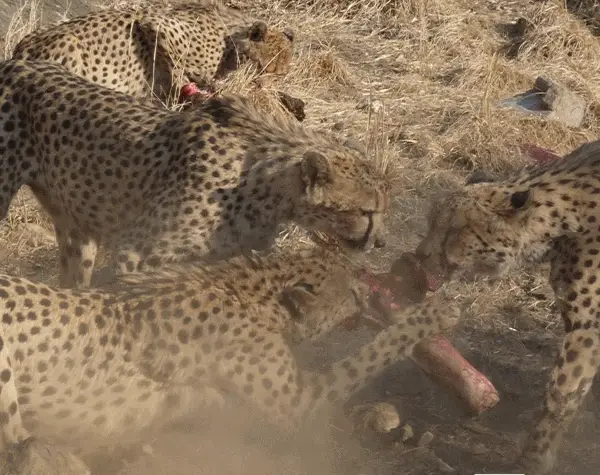
For instance the peak temperature in the Sahara Desert reaches 43o. The Saharan cheetah seeks shelter in shades to avoid the hottest hours. As the night falls they become active again.
Cheetahs inhabiting Serengeti will come out to hunt in the later hours of the morning or in the early hours of noon. Another reason why cheetah behaves the way it does about certain things is probably because she avoids other large carnivorous predators such as lions and hyenas.
The southwestern Kenyan cheetah mainly hunts during 0700 and 1000 hours while avoiding the midday hours and again become active at dusk. In Serengeti and Namibia cheetah largely shows nocturnal behavior. When in groups they spend much of their time relaxing at night. Young males however move around the territory. They start the next day hunting from the same place.
Cheetahs typically sit and wait under a shade and let the prey get closer to it. Once the target gets within the favorable radius it likely runs with a lightning speed.
Cheetahs must continuously on the lookout for potential predators such as hyenas, leopards, and lions. They can snatch the live prey from a cheetah’s group or even kill one on their way. Therefore cheetahs prefer to stay as far a distance as possible. Recent studies suggest that cheetahs spend 10 – 12 minutes every hour in observing nearby threats.
They do not launch an attack straightaway when they spot prey. Instead cheetahs typically sit and wait under a shade and let the prey get closer to it. Once the target gets within the favorable radius it likely runs with a lightning speed. Another way of catching prey is that cheetah runs (at a normal pace) into the gazelle’s herd and if she manages to get closer within 70 – 80 meters of the target the cheetah sprints. Either way, the chances of success is very low despite the remarkable speed. Nearly half of the cheetahs chase end up in vain.
Cheetah Hunting Methods
Cheetahs make full use of bushes or cover to hunt their prey. They rely on sight to hunt animals rather than on scent. There is one disadvantage of cheetah’s speed which is that she had to pinpoint a prey (even in a large herd) before sprinting because cheetah cannot afford to change its target during the chase.
In open habitats cheetahs’ sprint may begin in 200 yards from the target which is quite exhausting. They do so especially when they must hunt young impalas, Thomson’s gazelle, and wildebeest.
Gazelles are not only extremely agile and fast they run in a haphazard manner. They are outstanding in dodging their predators. Cheetahs must be 110% fit to catch animals such as this. During a chase cheetah changes its direction very quickly and follows every pattern of its prey. It’s about hunting in seconds and cheetah knows it all too well!
Cheetahs will always breed in habitats where gazelles or antelopes occur every 20 – 30 kilometers.
Cheetahs will always breed in habitats where gazelles or antelopes occur every 20 – 30 kilometers. In the Kalahari of South Africa the cheetah likes to eat springbok whereas in Serengeti the Thomson’s gazelle makes up 90 – 91% of the cat’s kill. Similarly in Kruger National Park the reedbuck and impalas are likely victims of cheetah’s overall kill. Grant’s gazelle turns out to be the most prominent prey in the Nairobi National Park.
A group consisting only of males is thought to target adult wildebeests (weighing up to 80 kg) that could feed the entire group. The adult male cheetah (when alone) is not going to take the risk of handling such a large prey.
Yet another hunting approach is that a young cheetah may run after the young impala to force it into the bushes where female cheetah (mother) waits in an ambush. Likewise the entire group may run into the impalas’ herd to see the reaction of a prey as well as to single out young impalas from adults.
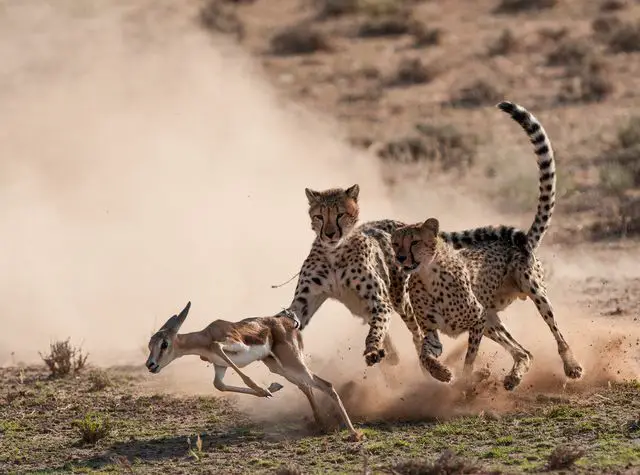
What Food Do Cheetahs Eat?
Cheetah’s success rates vary significantly. It depends on the prey density as well as on the conditions or temperature of the habitat. When a cat hunts fawn antelopes or gazelles the success rate is believed to be 100% but it drops down to 53.5% in killing adult antelopes.
Similarly in the Nairobi National Park about 76% of the overall chasing (young animals) end up successful. When a cheetah hunts adult animals the rate goes down to 37%.
Cheetahs are more likely to catch Thomson’s gazelle successfully more than any other prey. In a series of recent studies the researchers report that the success rate is 81 to 100% for killing Thomson’s gazelle.
Cheetahs are more likely to catch Thomson’s gazelle successfully more than any other prey. In a series of recent studies the researchers report that the success rate is 81 to 100% for killing Thomson’s gazelle. Quite simply, it suggests that cheetahs are expert hunters of animals such as this. Studies indicate that a female cheetah with her cubs is far more effective predator as compared to the one without cubs.
How Does a Cheetah Kill its Prey?
Once the chase ends, the cheetah smashes the prey to prevent it from running again. She then tries to get hold of it either from the back or from the sideways. The powerful claws of a cat rarely allow the victim to escape and before the latter does something to flee, the cheetah has it by the throat. Like other big cats cheetah also kills prey by breaking the trachea and the animal becomes unable to breathe. The cheetah’s strangulation continues for good five minutes. If however the animal is small like rodents or hares the cheetah bites its skull or neck.
Like other big cats cheetah also kills prey by breaking the trachea and the animal becomes unable to breathe. The cheetah’s strangulation continues for good five minutes.
Soon after killing its prey the cheetah drags the prey to a nearby shade where it can enjoy the meal safely from other predators. Cheetah waits beside the dead prey for as long 40 – 55 minutes (if the prey is large) because the fast chase has exhausted the cheetah. The big cat gives everything in chasing big animals and therefore they pant heavily alongside the carcass.
If there are two or three cheetahs (who have not participated in chasing) then they probably start eating immediately while the main hunter relaxes.
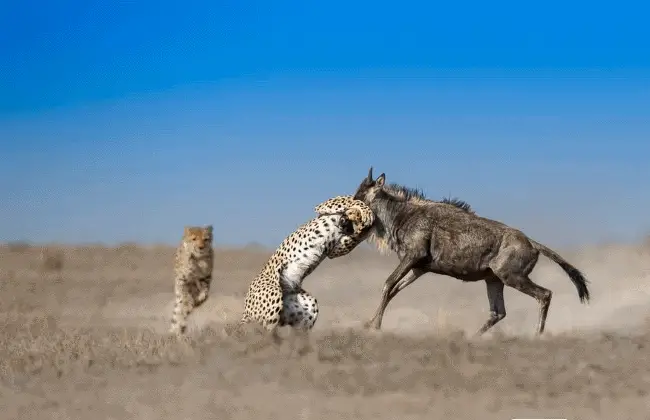
Do they make Noise while Eating?
No, cheetahs do not make any noise while eating except for some growling or snapping. They eat quickly so that their kill may not be compromised. Cheetahs start eating from the lower part of the animal followed by its stomach and abdomen. They will slice large chunks of meat and swallow them all. The ribs and bones are usually not preferred.
They do take a long pause of 10 – 15 minutes during eating. During this pause cheetah especially mother cheetah scans the surrounding threats and the younger cats also behave the same way. When the cubs reach adulthood the mother can afford to concentrate on the prey than the predators.
How Much Does a Cheetah Eat in a Day?
Cheetahs can digest a meal quite efficiently. They can afford to eat as much as 10 kilograms of meat each day. In Namibia (Etosha National Park) a group of cheetah ate 10 kg of meat in just a couple of hours.
What Do Cheetahs Eat in Captivity?
In captivity two cheetahs were fed 19 kilograms of food which they finished in 3 hours. It shows that on individual cheetah eats 9 – 10 kg of meat in a day. The wild cats are not lucky enough to find prey each day.
How Does a Cheetah get its Food?
There was a time when cheetahs were thought to be voracious eaters but not scavengers. They could never feed on dead carcasses. If they had to eat they must hunt themselves or there would not be any food at all. Times change however so as the cheetah’s ecological behavior.
Researchers in the Serengeti spotted a mother cheetah along with her cubs feeding on a dead wildebeest. Moments later hyenas showed up and snatched the quarry from big cats. Mel Sunquist writes in his book; “Wild Cats of the World”, cheetahs lose 10 – 13% of their hard-won kills to predators like lions or hyenas.
Do Cheetahs Eat Giraffes?
Cheetahs do not feed on a wide variety of prey. However they can eat giraffe if they find a giraffe’s carcass along the way. It is highly unlikely that an adult cheetah kills a giraffe no matter how young the giraffe is. The cheetah will only feed on giraffe if it is already dead. In Namibia, scientists observed three adult cheetahs eating giraffe carcass for as long as 5 hours.
What Does a Cheetah Need to Survive?
Big cats always need meat to survive because they are purely carnivorous in nature. Cheetah normally requires 6 – 8 kg of meat each day which is, unlike in captivity, hard to find in its natural habitat. However harsh or unfavorable conditions may be cheetahs must hunt medium-sized ungulates because it is associated with her survival.
What Food Do Cheetahs Eat? – Video
What Do Cheetahs Like to Eat?
Cheetah likes to eat four species of antelopes which are common reedbuck, impala, gazelles, and nyala. All these species make up 80% of the cheetah’s diet. But the preference of a prey largely depends on the geographic distribution and prey density. In the Kalahari Desert nine out of every ten cheetah’s kills are springboks. Likewise the Tanzanian cat almost regularly feeds on a Thomson’s gazelle which makes up two-third of the entire cheetah’s diet.
What Food Do African Cheetahs Eat?
The South African cheetah predominantly feeds on medium-sized antelopes. They will however supplement their diet with Cape hares. The preferred animals include ungulates such as warthog, puku, steenbok, springbok, red hartebeest, oribi, gemsbok, and impala.
The Northwest African cheetah eats dama gazelle, addax, rhim gazelle, and other antelopes. The antelopes make up much of their diet.
Tanzanian cheetahs are diurnal but they do show crepuscular behavior at times. They are adapted to living diurnal lifestyle precisely because hyenas and lions are nocturnal. Tanzanian cheetahs feed on a wide variety of antelopes. The cat’s diet includes impala, waterbuck, gerenuk, hares, Grant’s gazelle, wildebeest, and guinea fowl. 021111 111 244 622
Do Cheetahs Eat Zebras?
Tanzanian cheetahs are probably the only cheetah subspecies that preys on animals as large as zebras. The cat breeds in open grasslands and savannas where they can eat Grant’s gazelle, waterbuck, Soemmerring’s gazelle, wildebeest, and gerenuk. The Tanzanian cheetah rarely eats plains zebras and ostriches because they typically avoid large animals just like other cheetahs do.
Zebras are large animals (especially for a cheetah) and their powerful back-kick can even break the jaws of a crocodile. If a cheetah attacks an adult zebra, its powerful kick can probably cause serious injuries to the cheetah. And cheetah might not be able to run again. It likely dies of starvation in a few days for cheetah’s life depends on its speed. That is why most cheetahs prefer to kill young animals.
What Do Baby Cheetahs Eat?
Cheetah cubs are born blind and helpless. They will open their eyes in 4 to 11 days. When they are 14 days old they start walking. The cubs are highly vulnerable to the predators at this stage. They will learn some hunting techniques from their mother after they reach 42 days age.
The cheetah cubs wean at 3 – 6 months of age. Mother looks after the cubs and feed them as well. When cubs attain 180 days of age they will hunt hares, deer fawn, and possibly young gazelles. But they will become successful predators once they reach 15 months of age.
What Do Cheetahs Eat in Africa? – Video
References
Hunter, L. (2015). Wild Cats of the World. London, UK: Bloomsbury Publishing. pp. 167–76. ISBN 978-1-4729-1219-0
Schaller, G.B. (1968). “Hunting behaviour of the cheetah in the Serengeti National Park, Tanzania”. African Journal of Ecology. 6 (1): 95–100. doi:10.1111/j.1365-2028.1968.tb00906.x.
Estes, R.D. (2004). The Behavior Guide to African Mammals: Including Hoofed Mammals, Carnivores, Primates (4th ed.). Berkeley, USA: University of California Press. pp. 377–83. ISBN 978-0-520-08085-0.

